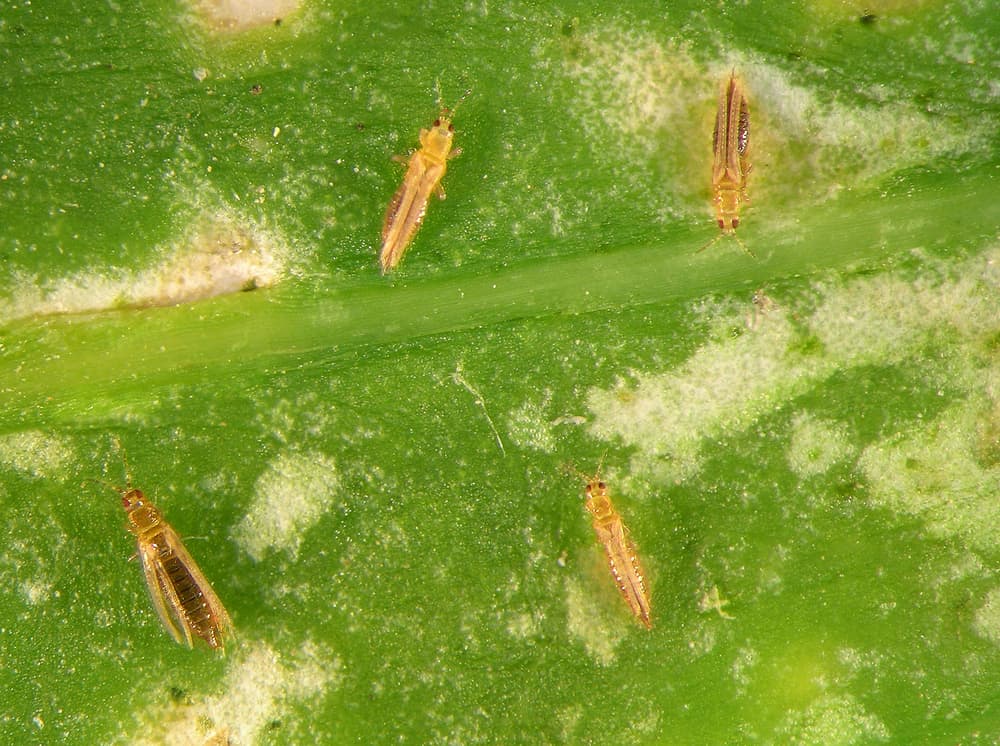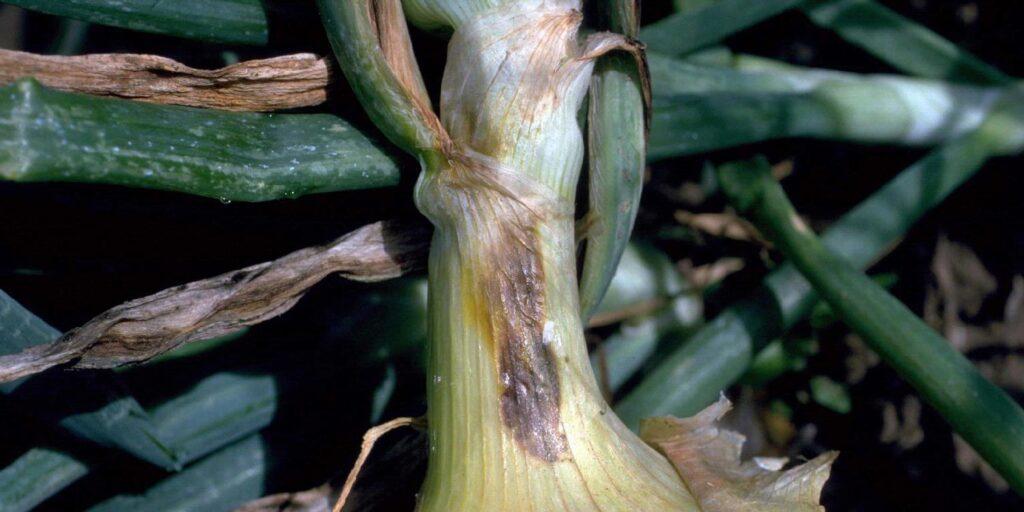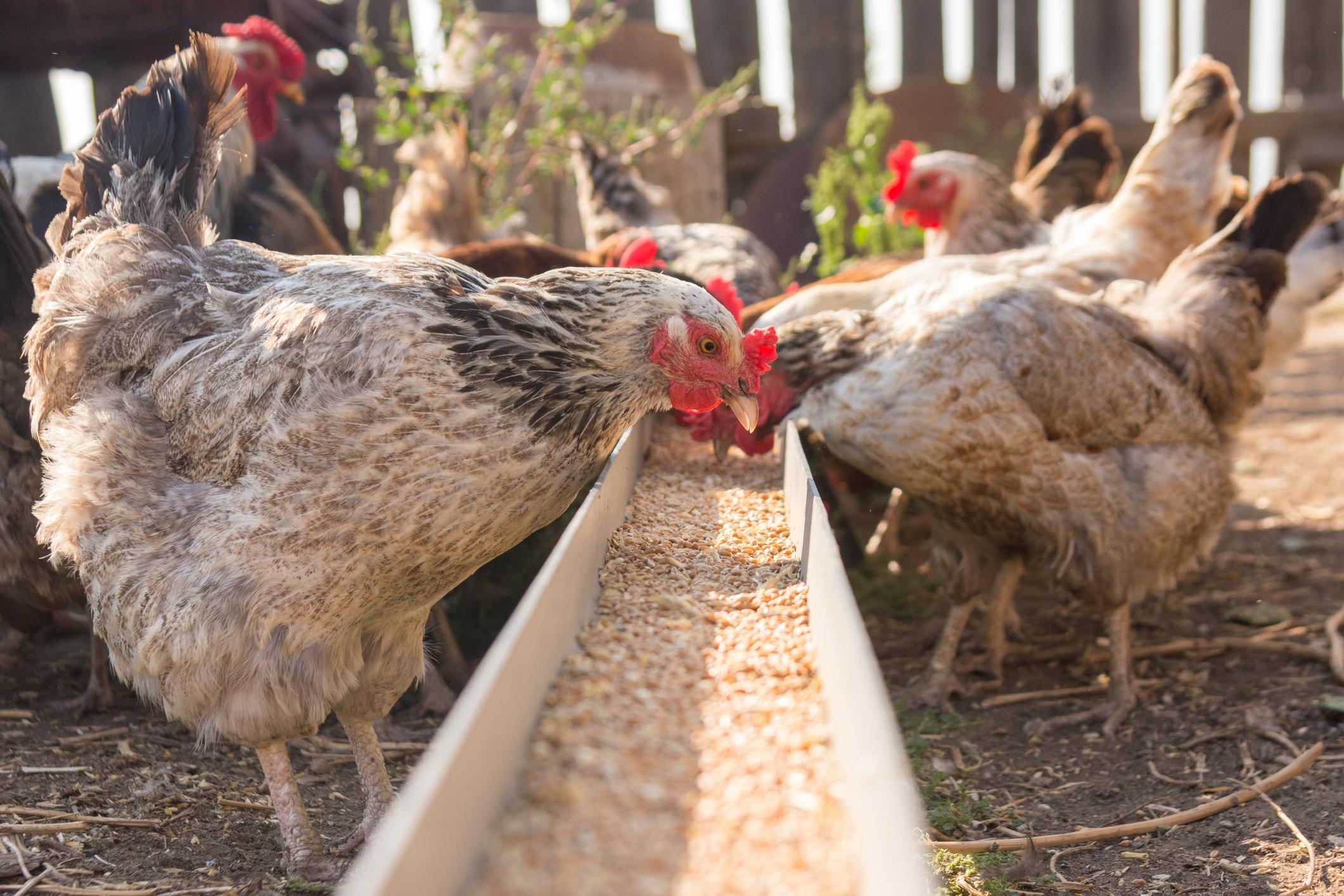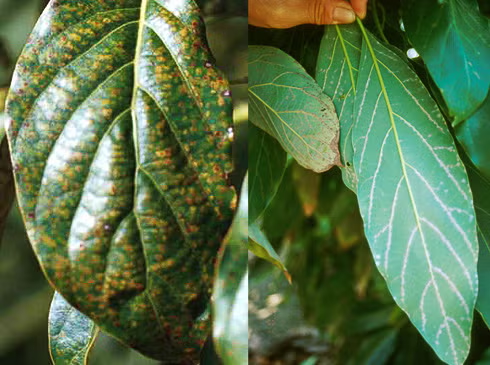
Demand for garlic (kitunguu saumu) has increased steadily in recent times, and farmers are rushing to plant it.
Though it has the potential to offer a profit of Ksh. 50,000-70,000, depending on yield and selling price, many farmers have failed and are failing, yielding less than half a ton per acre.
The question, therefore, remains: How can one grow garlic successfully? Where does it thrive well? What are the best varieties to grow? How does one plant garlic? What are the best fertilizers for garlic, and how and when do you apply them? Finally, what are the common diseases, their symptoms, and how to control them? Lastly, garlic harvesting—how do you know it’s mature?
This article answers all these questions, offering a simplified, step-by-step guide for farmers to grow garlic successfully from seed to harvest.
Before Planting Garlic, Do This!
Though it is praised as a highly profitable crop, it’s not as straightforward as seen by garlic farming cost analysis.
Therefore, it is ideal to identify your specific market where you will sell your produce before investing a single cent in the soil.
Identify what variety they love, size and pungency, and when there is likely to be a shortage in order to fetch good prices. In short, the production should be market-led. If there is no market, don’t produce.
But if there is a market, proceed with garlic production using this guide.
Best Place to Grow Garlic
Garlic thrives in hot areas with low rainfall and humidity. High humidity and excess rain affect garlic bulb formation.
The soil must be loamy and deep, fertile with good drainage. Avoid planting garlic on clay soils or waterlogged soils with rocks and debris, as it hinders bulb formation, leading to poor yields.
Though garlic does well in dry areas, it requires sufficient, even moisture supplied by irrigation. Uneven moisture tends to cause irregularly shaped bulbs.
Best Garlic Varieties to Grow
The three common garlic varieties farmers can grow are: Softneck, Hardneck, and Elephant Garlic.
Softneck Garlic is white with paper-like skin, a fairly strong taste, and a pungent smell. Common examples are Creole, California Early, and California Late.
Hardneck Garlic produces bulbs with big but few cloves on each head, with tan and purple markings. Unfortunately, it has a short post-harvest shelf life. Examples of hardneck include Roja and German Extra Hardy.
Elephant Garlic, on the other hand, produces large bulbs with huge cloves that have a subtle flavor and mild odor.
How to Plant Garlic
After ploughing the land and removing all the rocks and debris, dig trenches at least 25cm deep and 30cm apart from one row to the other.
Add well-decomposed manure, leaving 5cm depth to plant the cloves. Sow the clove 5cm deep with the roots down and the point/shoot facing up the hole.
The spacing from one clove to the next should be 10-15cm, and 30cm from one row to the other.
Irrigate and cover with loose mulch to protect it against extreme temperatures, suppress weed growth, and help with water retention. Remove the mulch after full shoot development.
Read Also: The Truth About Making Millions from Onion Farming in 3 Months
The Best Fertilizer for Garlic Farming
In the early establishment stage, the first three weeks, drench with Citishooter, Optimizer, or Easygro Starter to enhance shoot growth.
Top-dress with DAP fertilizer 28 days after sowing to enhance establishment.
Garlic needs high nitrogen in order to boost root and shoot growth, which ultimately leads to big-sized bulbs.
Top-dress with NPK 23:23:0 fertilizer on the 50th day after sowing.
This provides the required high nitrogen and phosphorus. Foliar boosters such as Wuxal, High Nitrogen, or Easygro Vegetative are required at least every two weeks from the onset of the second month.
Top-dress with CAN fertilizer on the 75th day after sowing to enhance bulb formation and enlargement.
All fertilization should be done on wet soil.
Garlic Pests and How to Control Them
Despite garlic being a natural repellent to most pests, it is often infested by pests, the most common being thrips.
Thrips are the worst pests that often intensify at the vegetative stage, causing over 50% crop loss. They appear as tiny dark specks that often make the leaves of your garlic plant turn grey.

Apply Escort or Emmaron insecticides at least every two weeks from the 30th day after sowing to prevent and control them.
Mites and aphids are also common but can be controlled by Escort or Emmaron insecticides.
Garlic Diseases and How to Control Them
Common diseases include white rot, purple blotch, rust, mosaic virus, and downy mildew.
White Rot
White or sclerotium rot is a fungal disease that causes the older leaves on your garlic plants to yellow first. It also leads to stunted growth, and over time, all the leaves will die. You’ll find fluffy white growth on the base of the bulbs.

White rot is a serious problem; it makes the area unusable for garlic production for years. It lives in the soil for up to 20 years, and white rot is highly damaging to all allium crops.
Unfortunately, fungicidal treatments aren’t always effective at treating white rot. Using long-term crop rotation helps, and you can use appropriate fungicides if available.
Control typically relies on cultural methods and using effective gardening techniques.
That means buying certified clean bulbs and/or dipping the cloves in water that has been heated to 46°C.
Purple Blotch
Purple blotch is another common fungus that infects garlic plants. One of the first symptoms you’ll notice is small, water-soaked lesions on the leaves or stalks.

Over time, those lesions enlarge and turn brown or purple. The lesions might join together and kill the tissue.
Purple blotch emerges on wet foliage when humidity levels are high at night. Apply Absolute Star or Trinity Gold early, 30 days after sowing, to prevent and control it.
Rust
With rust, you might notice small, white flecks on the leaves and stems that develop into circular or elongated pustules. If rust becomes a serious problem, it will cause the entire garlic plant to die.

Apply copper-based fungicide such as Metacopp or Pyracopp early on the 50th day after sowing, followed by Absolute Star or Trinity Gold.
Garlic Mosaic Virus
Just like humans can, plants can contract viruses. Garlic mosaic virus causes mosaic patterns on the leaves, or you might see mottling or streaks. It also causes stunted plant growth and reduced bulb size.
Garlic mosaic virus is transmitted by aphids, and at times, the virus causes no symptoms in your plants. Since it’s a viral disease, there is no treatment. All you can do is plant virus-free garlic cloves and control aphids in your garlic farm.
Downy Mildew
Downy mildew is a common fungal disease that infects all kinds of plants, including garlic.
It causes pale spots or elongated patches on the leaves of the plant, and you’ll eventually see grey-purple fuzzy growth over the leaf surface. As time goes on, the tips of the leaves die off.
Downy mildew is most common when the leaves are wet and temperatures are cool. Apply Redomil Gold fungicide early from the 40th day after sowing to prevent and control downy mildew.
Garlic Harvesting
Garlic takes 4-5 months to mature. It is ready when the lower leaves start turning yellow and drying out. After harvesting, allow the bulbs to cure by drying them in a warm, well-ventilated area for a few weeks.
Under good management, an acre of garlic can yield 2,000-3,000 kg.
Here is the cost breakdown of garlic farming in Kenya, its profit or loss estimates, the return on investments, and the payback period.




